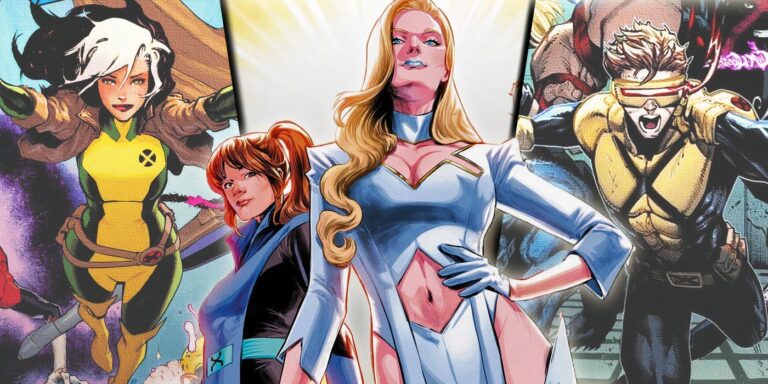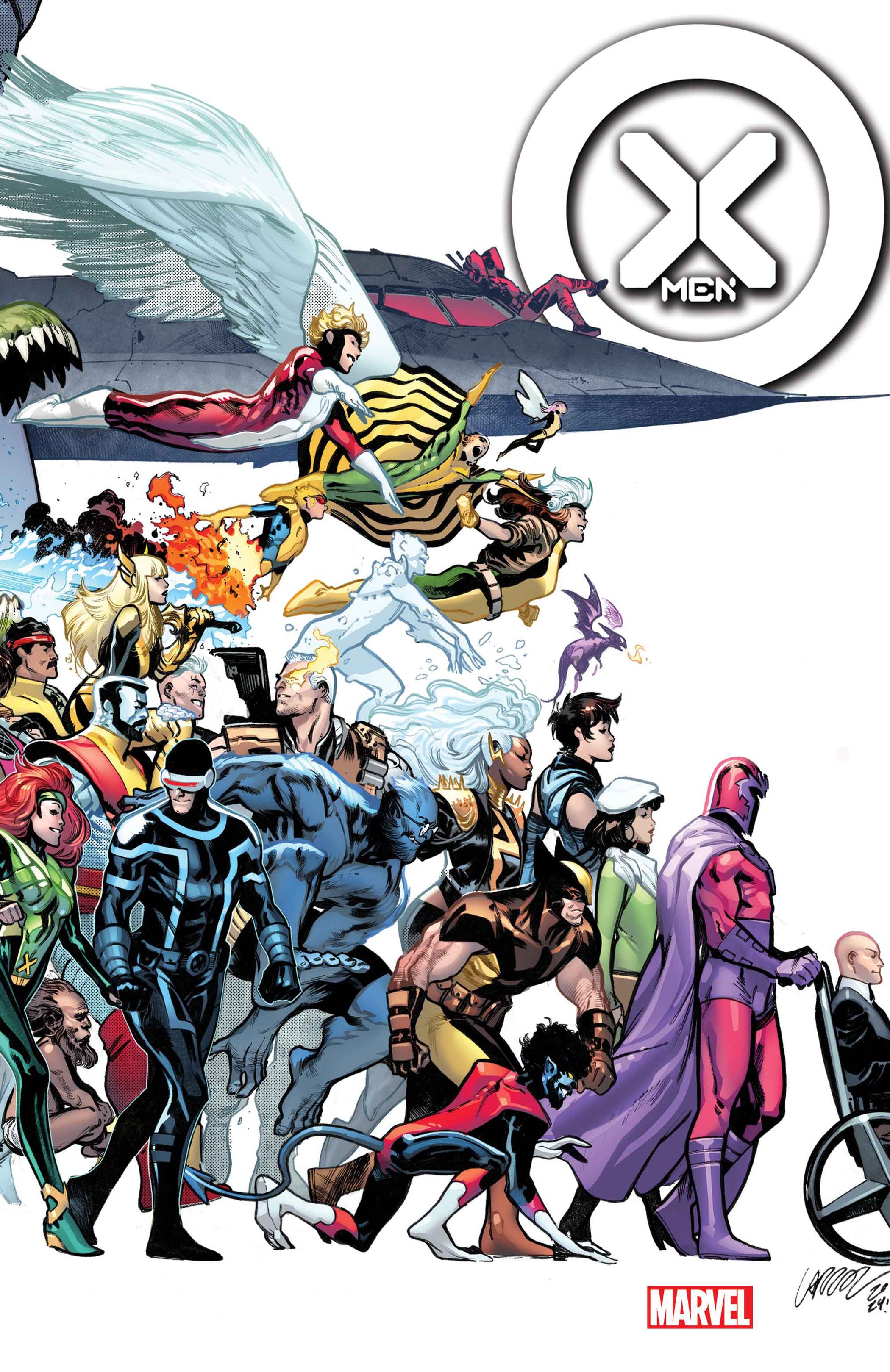Summary
- From The Ashes brings new X-Men era, but fails to innovate, relying heavily on nostalgic themes.
- X-Men books like X-Factor and Wolverine harken back to past eras, lacking originality.
- Nostalgia drives Marvel’s X-Men, but may not attract new fans or push boundaries in storytelling.
The X-Men’s Krakoa Era is ending, which has become a bone of contention among the fandom. Many fans loved how the Krakoa Era recontextualized the central metaphor of the X-Men, while others wanted nothing more than the familiar. The Fall Of X has caused a lot of friction in the fandom, as many fans have found too much of it lackluster. However, Marvel has already begun to hype the new era of the X-Men, called From The Ashes, readying fans for the next big thing.
From The Ashes promises changes that are quite familiar to long-time X-Men fans. These new books have some intriguing set-ups, but looking at them closely, most are just piggybacking off earlier X-Men eras – the ’90s, the ’00s, and the ’10s. Big Two comics are exercises in nostalgia and status quo, but From The Ashes should be rather alarming for fans, as it reveals Marvel taking a step backward with the X-Men, which isn’t always the best way to do things.
Free Comic Book Day Featured The First Taste of “From The Ashes”
The More Things Change, The More They Stay The Same
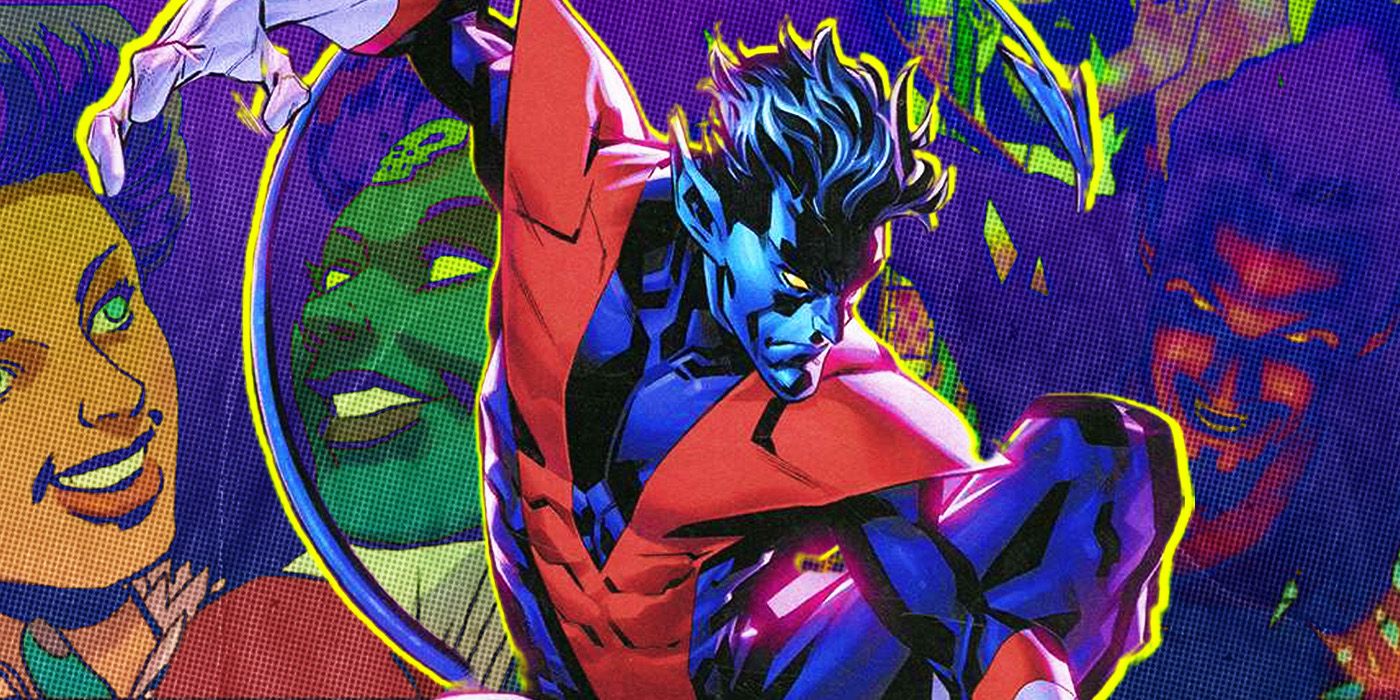
Related
X-Men: Wait, Nightcrawler’s Parents Were Almost WHO?
Nightcrawler’s parentage was a revolving door of retcons and possibilities for a while. Now, we’re breaking down what those were.
X-Men (Vol. 2) #1 has an interesting exchange between Xavier and Jean Grey. The two are talking about the changes to the team – the reunion of the original five X-Men with the rest of the team – and Jean says that it’s just like old times. Xavier responds with a French phrase that Jean translates – the more things change, the more they stay the same. X-Men (Vol. 2) #1 ended Chris Claremont’s first landmark run on the X-Men, a seventeen-year stretch that threw massive change at the X-Men.
Claremont had planned for even more changes in the years to come, but Marvel had decided to go another way with the team, and Claremont left. This seemingly harmless exchange can be considered an indictment of status quo-based storytelling, something that fans at the time may not have considered at all. However, it’s something that X-Men fans should be thinking about more than ever, especially with From The Ashes.
The Krakoa Era was a breath of fresh air for many reasons, which is why it succeeded so well initially. From The Ashes is anything but. The best example is the X-Men portion of the Blood Hunt/Uncanny X-Men Free Comic Book Day issue. This story focused on Jubilee trying to sneak back to the X-Mansion, which had been made into a prison for the mysterious Prisoner X and other mutants.
The story takes readers into the Mansion to introduce them to the jailkeepers of the mutants and ends with Jubilee fighting some bigots at a diner and then agreeing to join the X-Men. Now, this isn’t a bad story – writer Gail Simone does a great job with Jubilee’s voice and action, and David Marquez’s art is fantastic. However, you could remove a few sentences from this issue and drop it in 1996, after the Onslaught story, and it wouldn’t feel out of place. In fact, it would fit in very well. That’s not a good thing, and that’s what From The Ashes brings to the table.
“From the Ashes” Takes From A Few of the X-Men’s More Succesful Eras
1:57
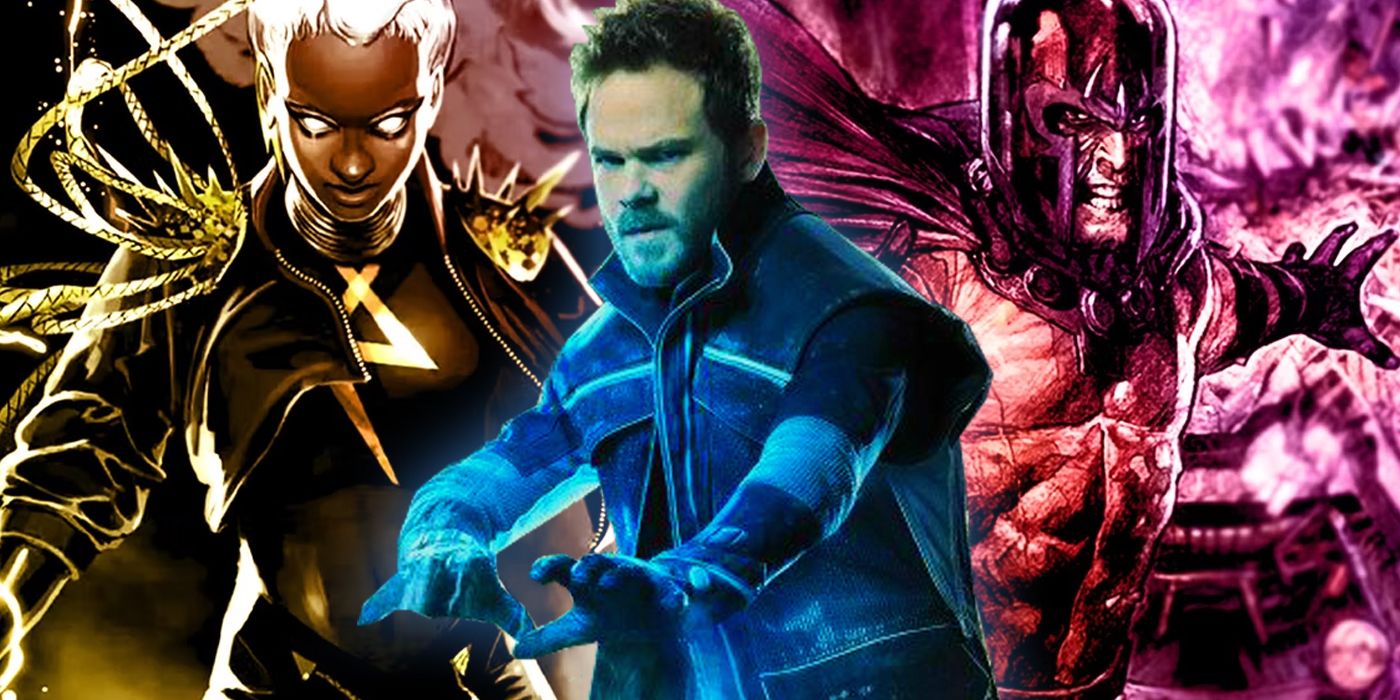
Related
All Of Marvel’s Omega-Level Mutants, Ranked By Power
From Magneto to Iceman to Jean Grey, Marvel’s omega-level mutants have reputations for their life-giving abilities and/or destructive powersets.
Gail Simone and David Marquez’s Uncanny X-Men team consists of Rogue, Gambit, Wolverine, Jubilee, and Nightcrawler. This is a nostalgia team, playing on characters that have been focused on since Chris Claremont’s day. The book is set in New Orleans, which is something new, and it’s being described as a Southern Gothic type of story which is pretty cool. However, the book has also been discussed as a team of X-Men trying to prove that Xavier’s dream is still valid. How many times has this been done? This is very much a 1990s X-Men type of book.
The ’90s had some major upheaval for the X-Men as the decade went on, especially after Onslaught and Operation: Zero Tolerance, and trying to show the world that Xavier’s dream was still valid is a big factor in the X-Men books of the late ’90s. The team had just gone through Xavier going crazy and endangering the world and had to show the world that mutants weren’t the enemy. Look at the end of the Krakoa Era – Xavier teamed with the AI faction of Orchis, even if it’s only as a ploy to give the X-Men time to beat Orchis, killed humans by destroying a military space vessel that was going to attack Sentinel City, and gave Nimrod and Omega Sentinel the nuclear weapon codes for the nations of the Earth using his telepathy. The more things change, the more they stay the same.
Jed MacKay and Ryan Stegman’s X-Men follows Cyclops and Magneto as they form a team of mutant soldiers – Magik, Kid Omega, Temper, Psylocke, and Juggernaut – to fight against threats to mutantkind. Their base is an abandoned Orchis facility in Alaska, and they all around seem more militant than the Uncanny team. This makes sense with what readers know about the end of the Krakoa Era, and MacKay and Stegman are both creators who have shown that they can do great work. However, even this book is nothing new for long-time X-Men fans.
One just has to go back to the post-Avengers Vs. X-Men status quo to find a team that is basically exactly the same. Writer Brian Michael Bendis and artist Chris Bachalo relaunched Uncanny X-Men in 2013. The team consisted of Cyclops, Magik, Magneto, and Emma Frost, as well as some newer mutants they were training. They made their base in an abandoned Weapon X facility in Canada and promised to be the team that fought against everyone to protect mutants after one of their own endangered the human world. These two books are extremely similar down to the members of the team and their mission.
Even The New “From The Ashes” Series Follow The Same Familiar Formula
X-Factor, Wolverine, and Storm All Promise Something New That’s Been Done Before
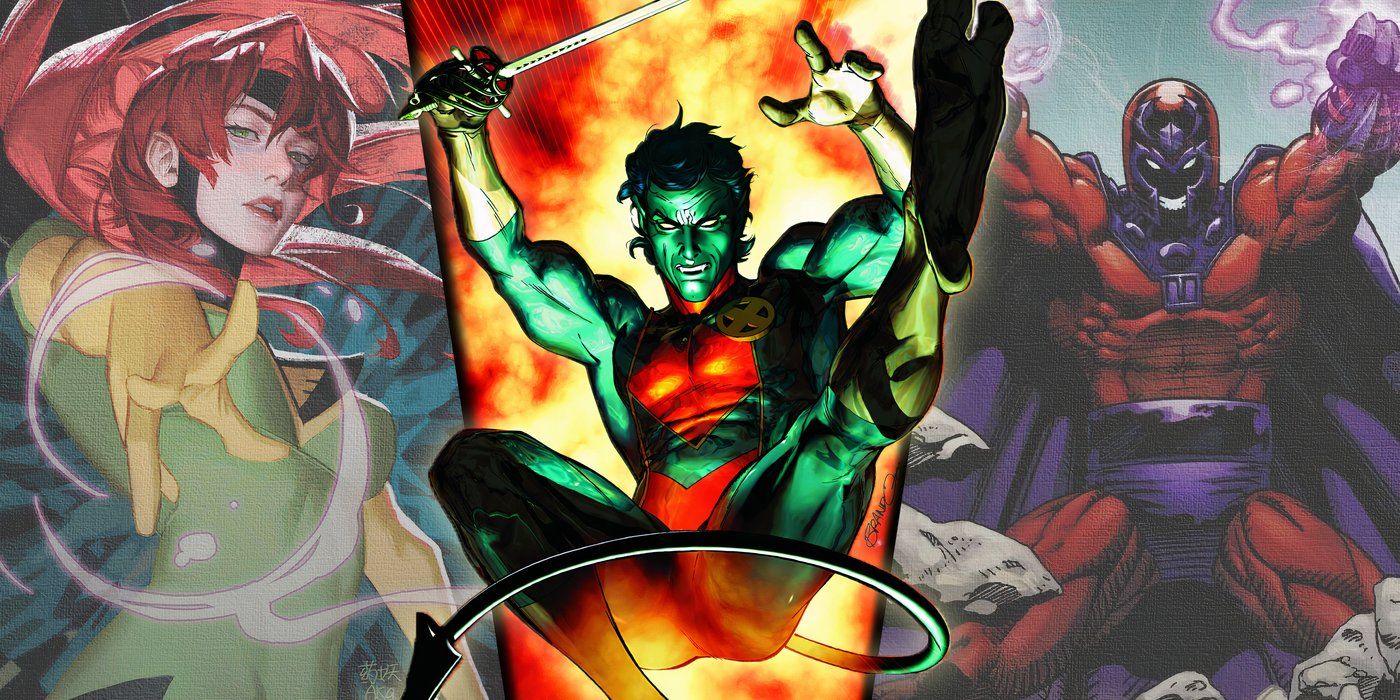
Related
10 X-Men Who Died & Came Back to Life
X-Men members like Jean Grey, Nightcrawler, and Magneto have all given their lives to protect their teammates, loved ones, and the rest of mutantkind.
Mark Russell and Bob Quinn’s X-Factor isn’t trying to hide its nostalgic leanings, except that it actually combines ideas from two different X-Men books from disparate eras. This new X-Factor team works for the US government and recruits them as PR. This is basically the exact same thing that happened in X-Factor (Vol. 1) #71, where X-Factor became the government-sponsored mutant superteam. The team has two ex-members of older X-Factor rosters – Angel and Havok – but adds an interesting wrinkle that anyone who read X-Force/X-Statix in the ’00s will recognize.
The team is positioned as media celebrities, and their dangerous missions promise casualties, to the extent that material released by Marvel straight up says that team members will die and be replaced throughout the run. Now, is this an interesting melding of two different X-Men ideas? Yes, there is potential for some cool stories, but nothing new there. Likewise, Exceptional X-Men is basically Generation X, teaming Emma Frost with Kitty Pryde to train mutants. Generation X teamed Emma Frost and Banshee to train new mutants in the ’90s.
Wolverine (Vol. 8) is being sold as Wolverine going back to his bestial roots, as Wolverine returns to the wilderness with the wolves before being thrown into battle with a new enemy. However, long-time Wolverine fans will recognize this as well. In the ’90s, Wolverine lost his adamantium and it led to his mutation making him more feral than ever. He started living outside the Mansion, trying to control his animal side.
He even ended up battling against a new enemy who had been maneuvering in the shadows. Storm is joining the Avengers, a team she had joined once before, which contains her ex-husband, Black Panther, and is getting a solo book. It’s easy to guess where this is going to lead. Jean Grey has finally become Phoenix again, something that was teased throughout the 1990s and actually happened again during Grant Morrison’s New X-Men. The more things change, the more they stay the same.
Nostalgia Is A Double-Edged Sword
new Books Like X-Force And Dazzler Exciite With Both Nostalgia And New Takes
4:31

Related
10 Best Fighters in The X-Men, Ranked
The X-Men feature a few incredibly powerful mutant members, though skilled characters like Psylocke, Wolverine and Gambit are also master combatants.
Not every book in From The Ashes is a nostalgia fest. The newest volume of X-Force sees Forge take control of the team. X-Force comics have been black ops books since the Utopia Era of the X-Men, but that only works when mutants have some kind of government. This book can’t do the black ops team thing since there isn’t a mutant government anymore. However, Forge is a former soldier recruiting a team of mutants to help fight his battles, which is exactly what Cable did when making X-Force.
This book seemingly returns X-Force to its roots, but it’s doing it very differently with an eclectic team that could lead to some cool stories. Dazzler is a miniseries about a mutant musician on tour with a group of mutant roadies. This is pretty new, but it also sort of feels like old Lila Cheney stories, except Dazzler is on Earth and not an intergalactic rock star. So, while these two books aren’t as obviously cribbing the notes of what came before, they’re still playing into nostalgia.
Nostalgia is a big part of Big Two superhero comics. Everything always reverts to the status quo to attract new readers. The rationale is that new fans know the basics, so returning things to the basics will make it easier for them to get into the books. However, this ignores the decades of people walking up to spinner racks in grocery stores and gas stations, picking up random issues, and becoming fans.
In fact, asking most superhero comic fans where they started reveals that very few waited for “jumping on points.” They picked up a comic, read it, and if they liked it, kept reading. Nostalgia-based reboots have become rather plentiful in recent years as comic sales drop, but they haven’t done much to attract new fans. However, Marvel has been all about doing this lately, and the biggest reason is the MCU.
The Comics Are Struggling To Follow The MCU’s Success
Is What’s Good For The Goose Really Good For the Gander?
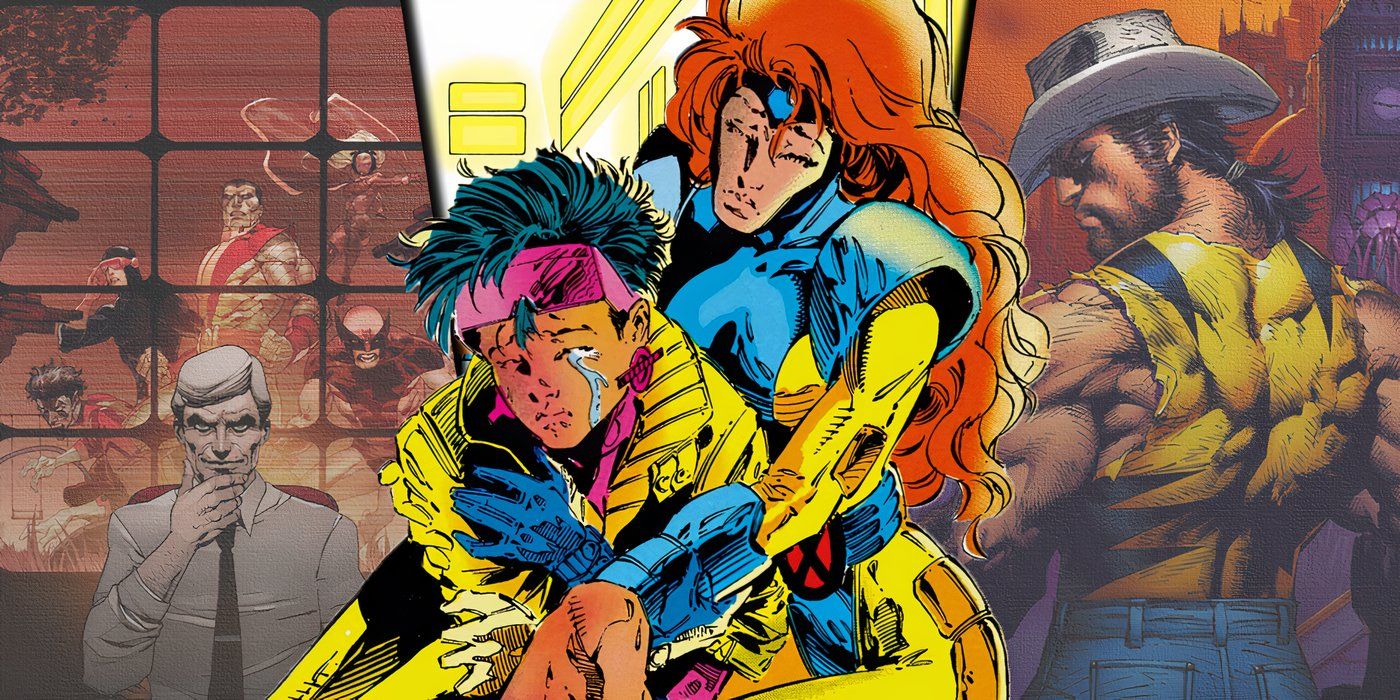
Related
10 Most Depressing X-Men Storylines
X-Men fans have not only read a few incredibly depressing storylines but they’ve also been distressed by concerning issues behind the scenes.
Marvel has done its best to craft its comics to look something like the MCU, hoping movie fans will come over and read the comics. However, this has never happened in any numbers, yet Marvel keeps doing it. At some point, there’s no reason to do these reboots other than what Marvel editorial wants. Sales haven’t increased because Spider-Man isn’t married and is a screw-up like he was in the Silver and Bronze Age. Quite the opposite, actually. After the rather revolutionary New Avengers, Marvel returned to a more expected Avengers run, and it isn’t nearly as well remembered as the New Avengers. There have been times when this nostalgia pandering has worked—Jonathan Hickman’s bringing the Fantastic Four back to their gonzo sci-fi roots is a perfect example of using nostalgia correctly—but for the most part, it’s always been an exercise in diminishing returns.
The X-Men have only recently had their film fights reverted to Marvel, which is partly why the huge push of the Krakoa Era happened. Fans have been dreading the coming MCU synergy, and From The Ashes is the first sign of that. The X-Men aren’t going directly back to the X-Mansion, but it’s easy to see where things will go. The mystery of Prisoner X and the Mansion being used as a prison are probably going to be part of a massive X-Men event where they fight their way back to the Mansion, free Prisoner X – what other character’s name who has done terrible things recently has the same initials – and things will revert to a more conventional X-Men status quo just in time for the X-Men to debut in the MCU.
From The Ashes is stacked with talent, and it’s hard to imagine this will be a bad status quo. Not every book can be good and some of the choices of creative teams, especially for the solo books, don’t engender a lot of excitement, but selling From The Ashes as terrible right off the bat is disingenuous. However, nostalgia isn’t the best ground to build anything on. Marvel putting editor Tom Brevoort in charge of the X-Men, an editor who hasn’t been responsible for a groundbreaking hit book in ages, is a sign of how much control Marvel wants over the X-Men books and how far they want to take things into a more nostalgic direction.
Nostalgia is great – a book like All-Star Superman took Silver/Bronze Age nostalgia for Superman and created a story that tops most lists as the best of all-time Superman stories. New X-Men took multiple nostalgic X-Men ideas – the school, the Shi’ar, the Phoenix, Weapon X – and showcased them in entirely new ways, living up to the book’s title. However, both of these books had one thing in common – Grant Morrison, a writer who could basically do any kind of story in interesting ways that fans hadn’t seen before. Nostalgia works when a creator has a vision and can take nostalgia in new directions. From The Ashes has some great creators, but few of them have been able to take nostalgia, which is what most of them are working with despite any protestations, and make it into something new. Nostalgia is a double-edged sword, and Marvel is going all in on it with the X-Men.
The Kings And Queens Of The Ashes
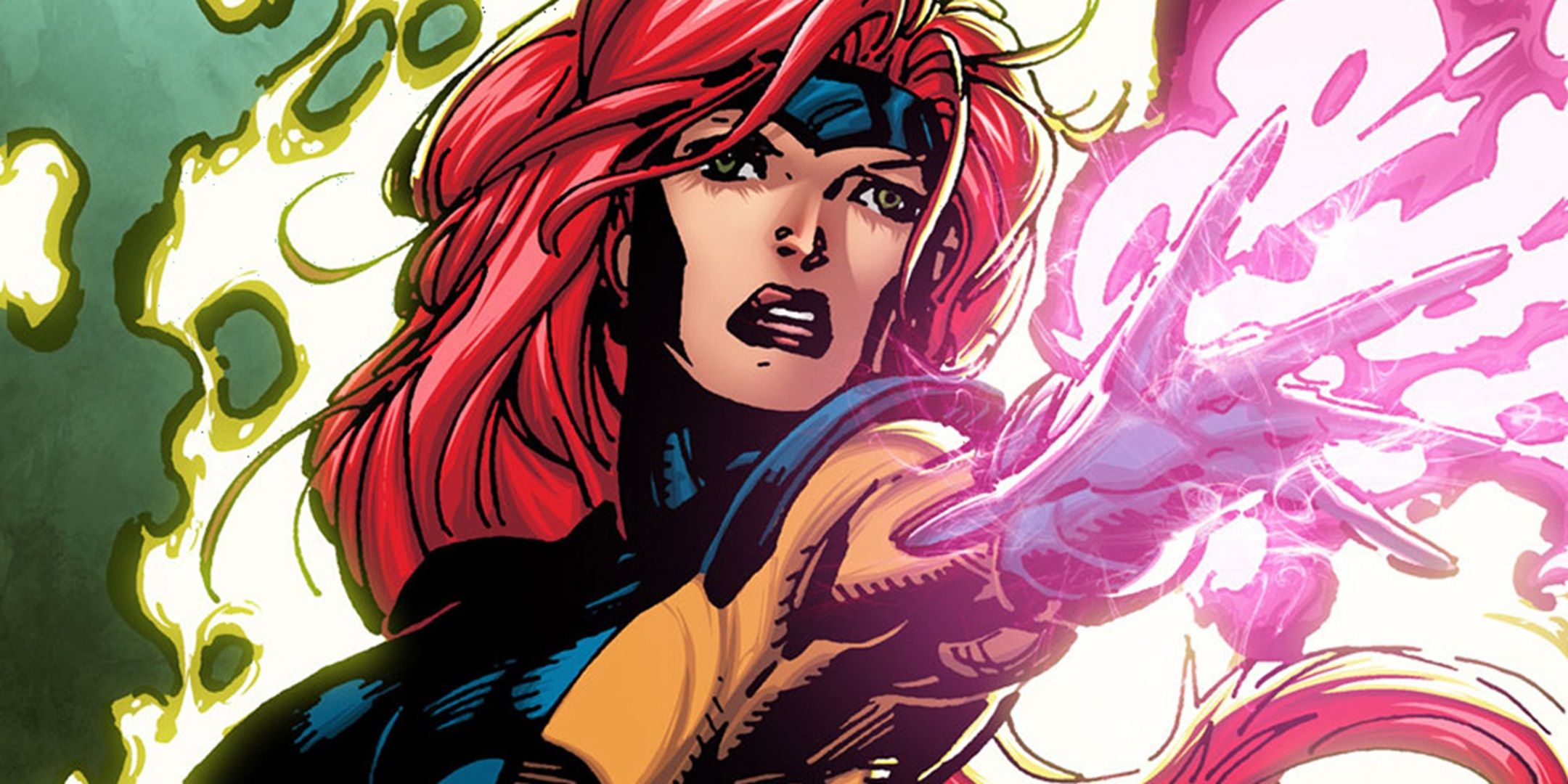
Related
X-Men: When Did Jean Grey Become a Telepath Again in the 1990s?
In a feature about ‘permanent’ changes later being reversed, CSBG shows how Jean Grey eventually regained her telepathic powers in time for X-Men #1
Looking at X-Men history, the best stories have come when creators take nostalgia in new directions. Writer Chris Claremont is the perfect example of this. Claremont started writing X-Men after a massive change – a new team of adult mutants – and kept throwing new things at the wall to keep the book exciting. Claremont’s run never stood on its laurels for too long while still using the central metaphor of the X-Men to inform the action.
The ’90s are the bestselling period of the X-Men, and played into nostalgia, but then sidestepped that with stories like Onslaught and Operation: Zero Tolerance, both of which led to the X-Men trying to navigate new status quos using the dream as their basis. New X-Men took so many nostalgic elements and spun them into new, interesting directions. Even the post-House Of M era, which led to some depressing stories and the marginalization of the X-Men, took what came before them and told new types of stories. The X-Men thrive when nostalgia isn’t the focus, merely a part of the building blocks.
From The Ashes could certainly do this, but something is distressing about it. The Krakoa Era and its end are being used to take the X-Men books backward, and that’s never a good thing. One just needs to look at The Amazing Spider-Man and its stubborn nostalgia-based storytelling to see how this sort of thing can backfire. It feels like Marvel is trying to sweep the Krakoa Era under the rug to bring the X-Men to a place where they can use MCU synergy. This is a sad state of affairs for fans who like to see relations between humans and mutants change instead of stagnate.

